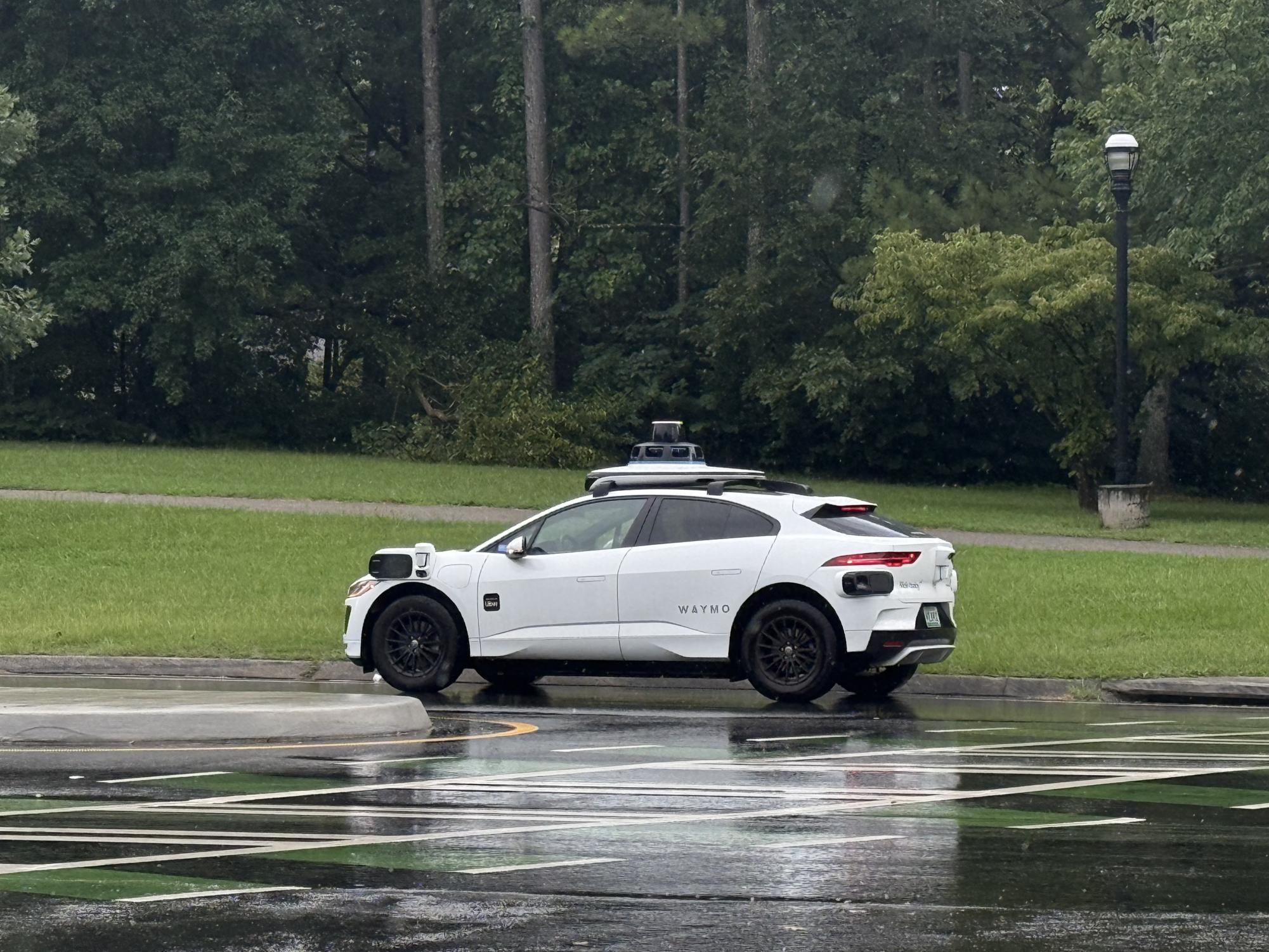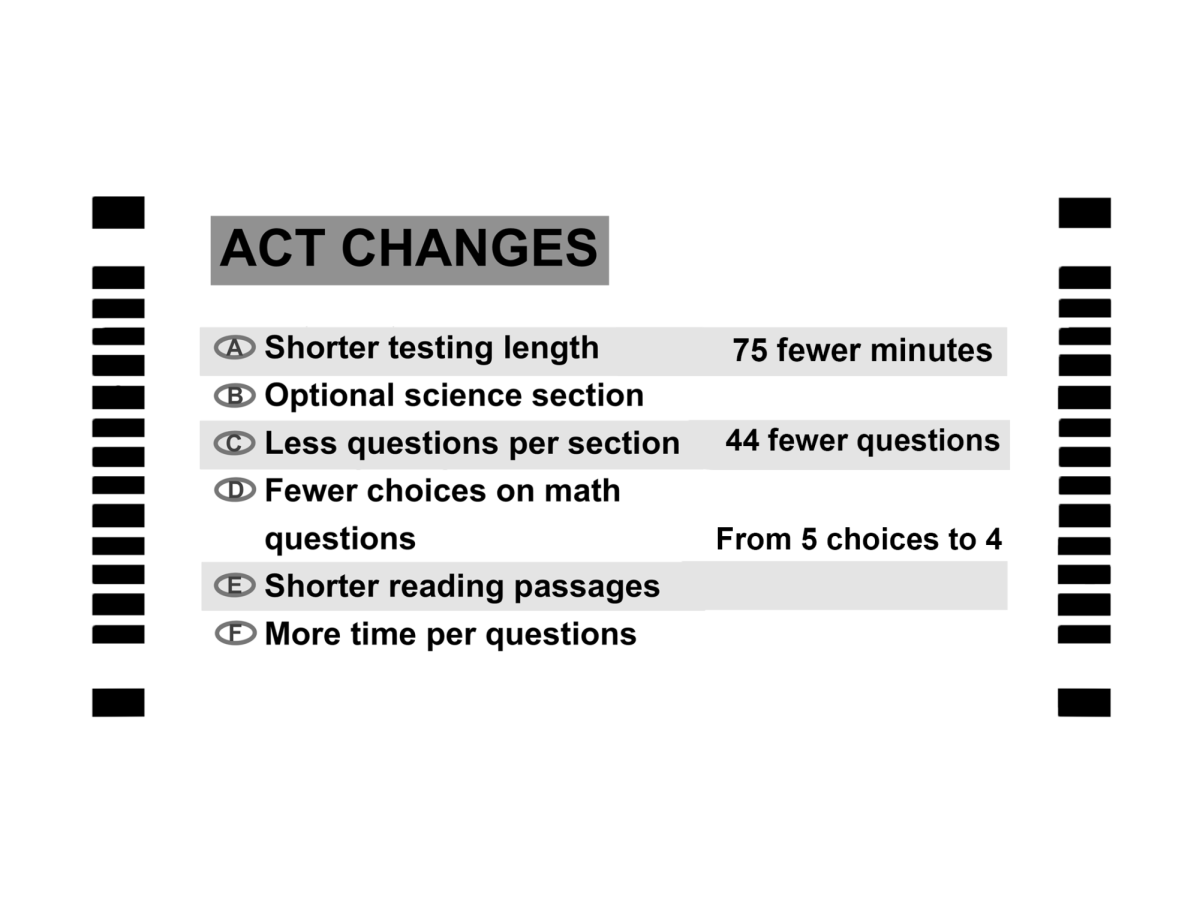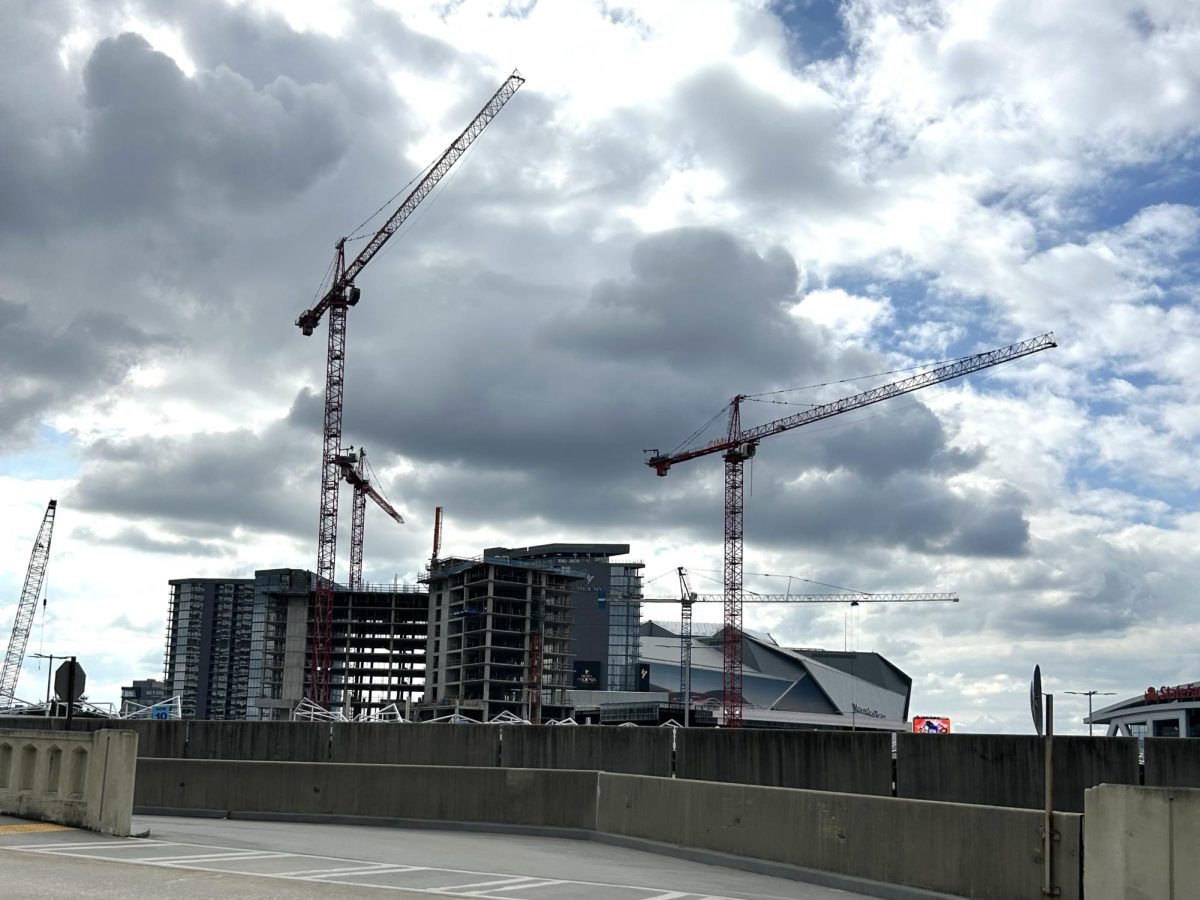Head to Head: Is automation in the workforce beneficial or harmful?

Driving down the streets of Atlanta, you may get confused and think you’re in the 1982 TV show “Knight Rider.” Waymos, fully automated self-driving cars, were recently introduced to the busy streets of Atlanta, marking a step in the right direction, as far as automation is concerned.
Waymo is not the only innovator in the growing automated service industry in Atlanta, though; Uber also recently launched an Uber Eats robot, in connection with Serve Robotics.
Since Waymo was introduced in Atlanta and Austin, Waymo claims that its cars are 99% as safe as Uber’s human drivers, and this automation makes gig economy labor much more productive. This can be attributed to the fact that, unlike humans, Waymo cars do not need to stop for food, breaks or sleep. Instead, they can run 24/7, helping customers get where they need to go at all times of the day.
Furthermore, self-driving taxis provide a level of safety that is not guaranteed in a regular human-driven rideshare. Even though there is a low chance that an Uber ride is problematic, it is still very possible for problems to arise as a result of a potentially dangerous human driver. Self-driven Waymos can help in avoiding the 23% of women that feel uncomfortable whilst in an Uber, considering there is no human driver at all.
Women have a right to feel insecure with a human Uber driver, as data has proven that sexual assault is most likely to happen to a female passenger, as opposed to males. Waymo provides a safe and comfortable rideshare alternative for people of all genders, but specifically women.
A major critique against Intelligent Automation (IA) is that it is taking jobs from workers. However, thus far IA in most cases has actually led to minimal job loss. IA is largely just helping to shift the work being done by employees to more constructive tasks with higher-order thinking needed. Repetitive and mundane tasks, rather than being assigned to humans, are now the job of robots or IA, which in theory frees up human laborers to be more productive.
Others claim that projects like self-driving cars or robots are too costly to ever prove beneficial. They would not be wrong to say automation is expensive, evidenced by Alphabet, Google’s parent company, investing over $5.6 billion in 2024. A Waymo also costs more than a regular Uber, but customers have said that not having to deal with the hassles of a human driver makes the higher cost worth it. In fact, it is projected that over time, IA projects will save money because they reduce the cost of human labor.
When considering the expansion of IA, it is important to think back to the Industrial Revolution. Jobs that were previously done by workers in factories for decades were replaced to be completed by machines. IA is just a modern-day evolution of this natural progression that humans have been making for decades, helping to create a more productive and engaging world for workers.
The question isn’t whether IA will take over, because chances are high that it will, but more how it will affect the people that currently work in the gig economy. IA, similarly to AI, is making people pivot, as people can no longer work mundane tasks. In order to stay ahead of the curve of AI and IA, workers must bring something new and innovative to the table.
Another benefit IA brings to the workforce is the jobs it can create. IA makes a space for innovative thinkers to do just that. Sebastian Thrun, the founder of Waymo, is a prime example of this phenomena, where IA creates the basis of a fully fledged business. Thanks to IA, there are technologies available at present that previously could never have been conceived as a possibility.
A society without mundane tasks is an advanced one; Atlanta as a city should be grateful that we are getting to experience one of the first waves of self-driving cars. These cars are electric and ready to take on the streets of Atlanta. Such technologies represent a shift towards the progress which will come if we continue to invest in the possibilities of AI and IA.
Imagine getting into a car with no driver. Imagine dining at a restaurant with no server. While futuristic automation is increasing the speed of production, it is also replacing human jobs across industries, ultimately harming millions of lives around the world.
When customers use services such as rideshare, retail or food delivery, they often expect a human worker to assist them. However, that human connection is slowly being replaced by modern technology. For example, companies have created self-driving cars, such as Waymo, built with advanced sensors and software that allow them to navigate roads and transport passengers without the need for human input. This increasingly popular technology has shown how automation is beginning to replace jobs that were once performed by people, eliminating human connection in several service-centered sectors while also reducing the number of available jobs.
As automation and AI become more widespread and advanced, companies will rely on machines instead of human workers. This reduces the need for jobs in several different industries, ranging from transportation and warehousing to retail and office work. According to Demandsage, Uber has 7.8 million drivers, but if one major transportation company makes the switch to driver-less cars, the competitors, including Uber, will feel pressured to follow, putting millions out of work. As automation expands, the demand for human labor in many fields is likely to decrease.
Jobs in transportation, retail service, and other entry-level roles offer a steady source of income for those who come from low income communities and couldn’t afford a high education. However, when automation and AI replace these roles, many workers will be left searching for jobs in a market that requires advanced skills, certifications or higher education. According to the Center of Education and the Workforce, by 2031, 72 percent of jobs in the United States will call for education or training beyond high school. This will result in the loss of jobs for millions of individuals who were not able to obtain higher education degrees, and were simply trying to provide for their household.
One aspect of many jobs that could never be replaced by machines is the human interaction involved in providing services. People that work in rideshare or transportation companies can offer assistance when needed, such as helping with bags or responding to unexpected situations. These small acts of service represent more than just convenience: they serve as a source of social connection for millions. When machines take over, opportunities for face-to-face service vanish, erasing jobs that not only provide income for millions, but also provide a glimpse of humanity.
History shows that once new technology is introduced, industries change very quickly and drastically. For example, between 2005 and 2014 the number of U.S. video rental outlets dropped from about 15,845 to just 2,778, meaning roughly 13,000 stores closed, an 83% decline in a decade. If machines spread through industries at a similar pace, millions of jobs could disappear before workers have time to adjust, affecting the livelihoods of people around the world.
Some may argue that automation can actually benefit society by creating opportunities instead of just eliminating jobs. They believe that as machines take over boring or unsafe tasks, workers will be able to move into higher paying careers. For example as self driving cars reduce the need for drivers, this could open up new positions in programming or maintenance roles.
However, this argument overlooks the fact that many of these new jobs require advanced education or technical training that millions of displaced workers cannot easily access. For individuals in low income communities who rely on steady, entry level jobs, moving into high tech fields is not a realistic option.
As automation becomes more common, the advantages of technology on efficiency are clear, but the impact on people cannot be ignored. Without careful planning and protections, automation could leave millions of people struggling for jobs, just like the past technologies have quickly changed entire industries. With the spread of automation throughout several service-based industries, like in the transportation sector, millions of jobs are lost, disrupting the livelihoods of millions while also eliminating the social aspect of these industries.

Fairlie Mercer is a senior and this is her third year writing for The Southerner. She currently serves as an Editor-in-Chief and is excited for her second year as an editor. Outside of journalism, she enjoys hanging out with friends and dance.






















